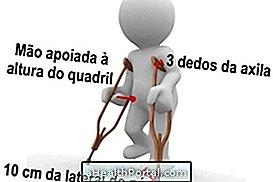Dysarthria is a speech disorder, usually caused by a neurological disorder, such as a stroke, cerebral palsy, Parkinson's disease, myasthenia gravis or amyotrophic lateral sclerosis, for example.
A person with dysarthria can not articulate and pronounce words well due to a change in the speech system, involving muscles of the mouth, tongue, larynx or vocal cords, which can lead to difficulties in communication and social isolation.
To treat dysarthria, it is important to perform physical therapy exercises and follow up with a speech therapist, as a means of exercising the language and improving the sounds emitted, and it is also essential that the physician identifies and treats what caused this alteration.

How to identify
In dysarthria there is a change in the production of words, with difficulties to move the tongue or the muscles of the face, generating signs and symptoms such as slow, slurred or slurred speech. In other cases, the speech may be sped up or babbled, just as it may be too low or whispered.
In addition, dysarthria may be accompanied by other neurological disorders, such as dysphagia, which is difficulty in swallowing food, dyslalia, which is a change in the pronunciation of words, or even an aphasia, which is the change in expression or understanding of language. Understand what dyslalia is and how to treat it.
Types of dysarthria
There are different types of dysarthria, and their characteristics may vary according to the location and size of the neurological lesion or the disease causing the problem. The main types include:
- Flaccid dysarthria is a dysarthria that usually produces a hoarse voice, with little force, anasalada and with the imprecise emission of the consonants. It usually occurs in diseases that cause injury to the lower motor neuron, such as myasthenia gravis or bulbar paralysis, for example;
- Spastic dysarthria : also causes a nasal voice, with inaccurate consonants, as well as distorted vowels, generating a tense and "strangled" voice. It may be accompanied by spasticity and abnormal reflexes of the facial muscles. More frequent in lesions of the superior motor nerve, as it happens in a cranium-encephalic trauma;
- Ataxic dysarthria: this dysarthria can provoke a rough voice, with variations in the intonation of the accents, having a slowed speech and a tremor in the lips and tongue. Can remember the speech of someone drunk. It usually occurs in situations where there are lesions related to the cerebellum region;
- Hypokinetic dysarthria : There is a hoarse, trembling and tremulous voice, with imprecision in the joint, and there is also a change in the speed of speech and tremor of the lip and tongue. It can occur in diseases that cause changes in the brain's ringer called basal ganglia, most common in Parkinson's disease;
- Hyperkinetic dysarthria : a distortion occurs in the articulation of the vowels, causing a rough voice and with interruption in the articulation of the words. It can happen in cases of extrapyramidal nervous system damage, common in cases of chorea or dystonia, for example.
- Mixed dysarthria : presents characteristic changes of more than one type of dysarthria, and may occur in several situations, such as multiple sclerosis, amyotrophic lateral sclerosis or traumatic brain injury, for example.
To identify the cause of the dysarthria, the neurologist will evaluate the symptoms, physical examination, and request tests such as computer tomography, MRI, electroencephalogram, lumbar puncture and neuropsychological study, for example, that detect the main changes related or that cause this alteration in speech.
How is the treatment done?
Treatment depends on the cause and severity of the dysarthria, and your doctor may recommend surgery to correct anatomical changes or remove a tumor, or indicate the use of medications to relieve symptoms, such as Parkinson's disease.
However, the main form of treatment is with rehabilitation therapies, with speech therapy techniques to improve voice emission, regulate intensity, better articulate words, exercise breathing, or even program alternative forms of communication. Physiotherapy exercises are also very important to improve the mobility of the mandible joint and help strengthen the muscles of the face.



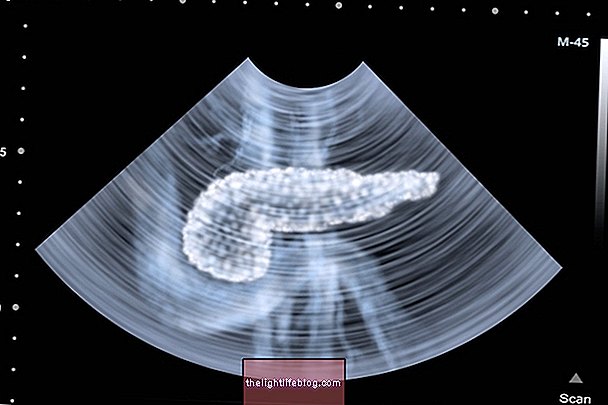

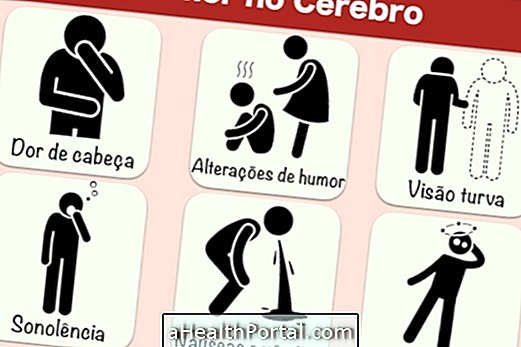

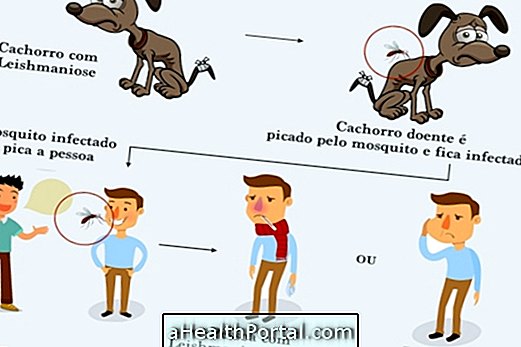
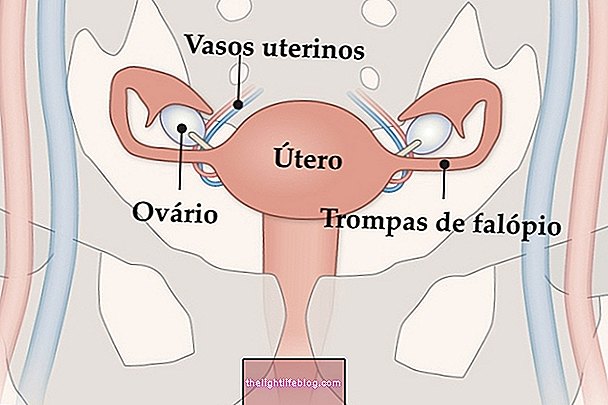
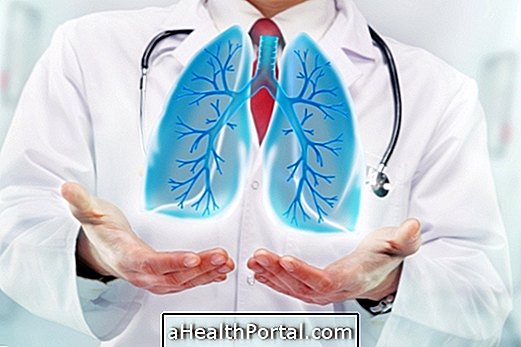

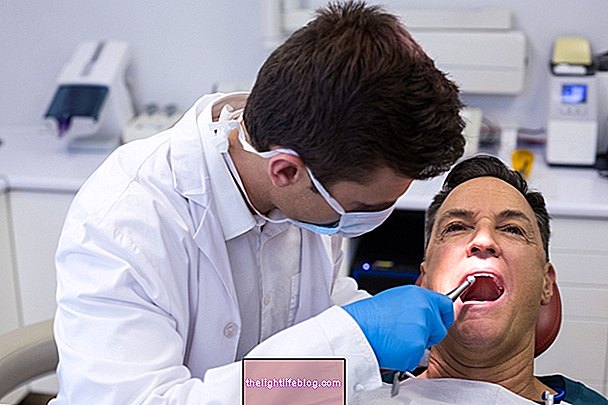






-o-que--causas-e-tratamento.jpg)

